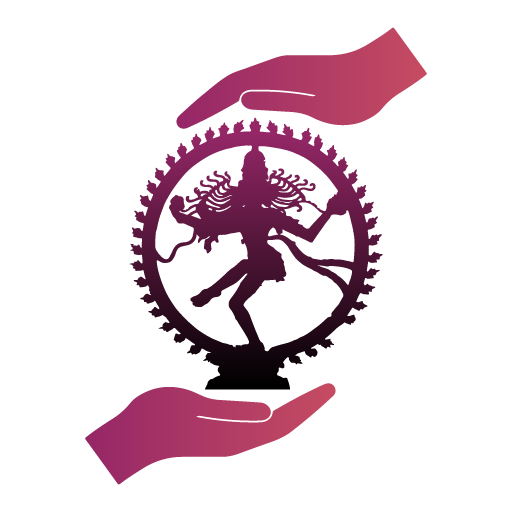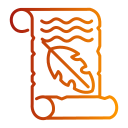Dashavatar: Traditional folk theatre form
Domain:Performing arts
State: Maharashtra
Description:
Dashavatar is a popular traditional theatre form with a history of eight hundred years. The term Dashavatar refers to the ten incarnations of Lord Vishnu, the Hindu God of preservation. The ten incarnations are 'matsya' (fish), 'kurma' (tortoise), 'varaha' (boar), 'narasimha' (lion-man), 'vaman' (dwarf), Parashuram, Ram, Krishna, Buddha and Kalki. It is performed during the annual festival of the village deity in the temple premises after midnight, without any technical props. Each character enters the stage from behind a curtain held by two persons. The Dashavatar performance comprises of two sessions, the 'poorva-ranga' (the initial session) and the 'uttar-ranga' (the latter session). The 'poorva-ranga' is the preliminary presentation that precedes the main performance. It depcits the story about killing of the demon Shankhasur. This act also includes the characters of Lord Ganesha, Riddhi, Siddhi, a Brahmin, Sharada (the goddess of learning), Brahmadev and Lord Vishnu. The 'uttar-ranga', known as 'akhyan' is considered to be the main performance based on Hindu mythological tales, highlighting one of the ten incarnations of Lord Vishnu. The performers use bright make-up and costumes. They are accompanied by three musical instruments: a paddle harmonium, tabla and zanj (cymbals). Dashavatar is popular in major localities like Sawantwadi, Kudal, Malvan, Vengurla, Kankavli etc. in the Sindhudurg district of the South Konkan Region of Maharashtra. The villages of Devgad and Dodamarg also have annual performances of Dashavatar. Most of the villages in Vengurla 'taluka' (estate) such as Valaval, Chendvan, Pat, Parule, Mhapan have a rich tradition of Dashavatar. Dashavatar is also popular in North Goa district in the State of Goa. It is mainly performed in 'talukas' such as Pernem, Bardez, Bicholim and Sattari. It is practised by agriculturists or farmers in the Sindhudurg district of the South Konkan region of Maharashtra and the North Goa district of Goa. Dashavatar is a popular form of drama in the rural areas. Initially popularised in the Konkan area by a Brahmin named Gore from Kavthe area in Sindhudurg district. Today, it is an art form of all classes.
 Government of India
Government of India







































 Recognizing the ongoing need to position itself for the digital future, Indian Culture is an initiative by the Ministry of Culture. A platform that hosts data of cultural relevance from various repositories and institutions all over India.
Recognizing the ongoing need to position itself for the digital future, Indian Culture is an initiative by the Ministry of Culture. A platform that hosts data of cultural relevance from various repositories and institutions all over India.